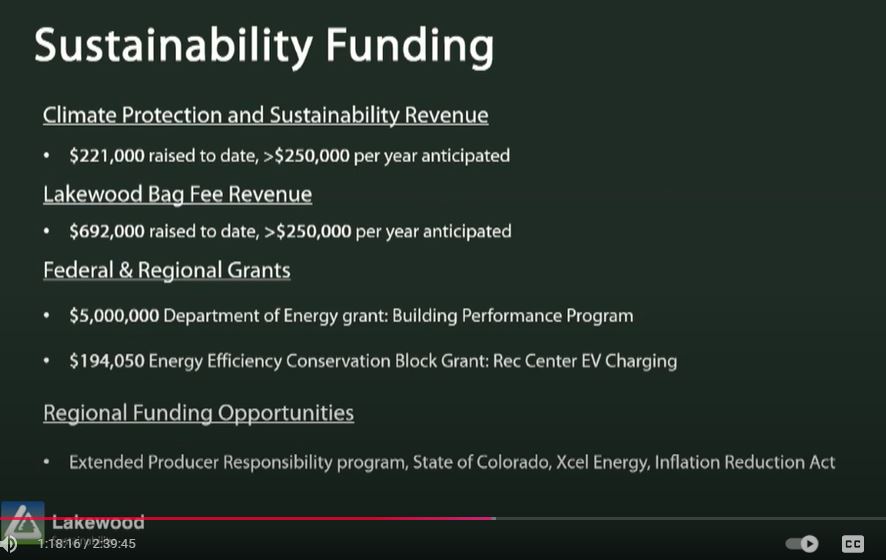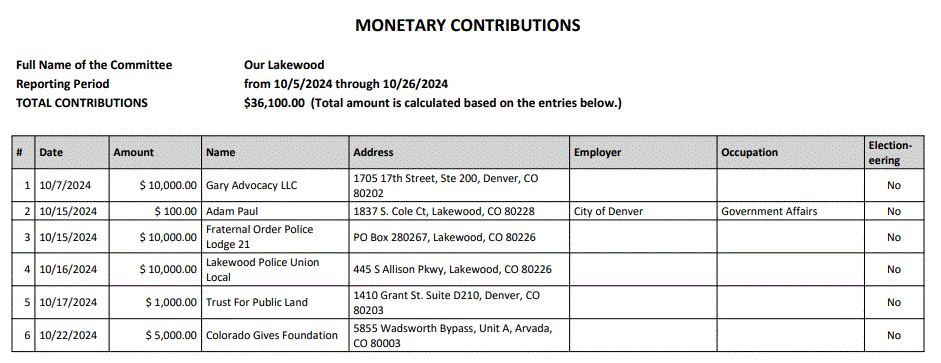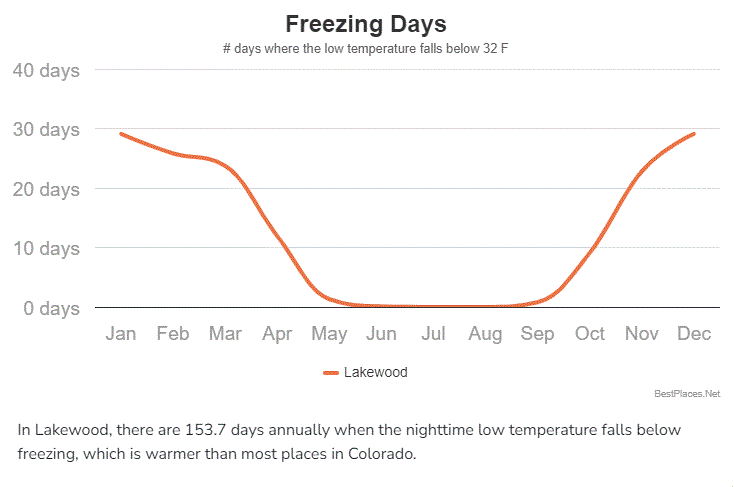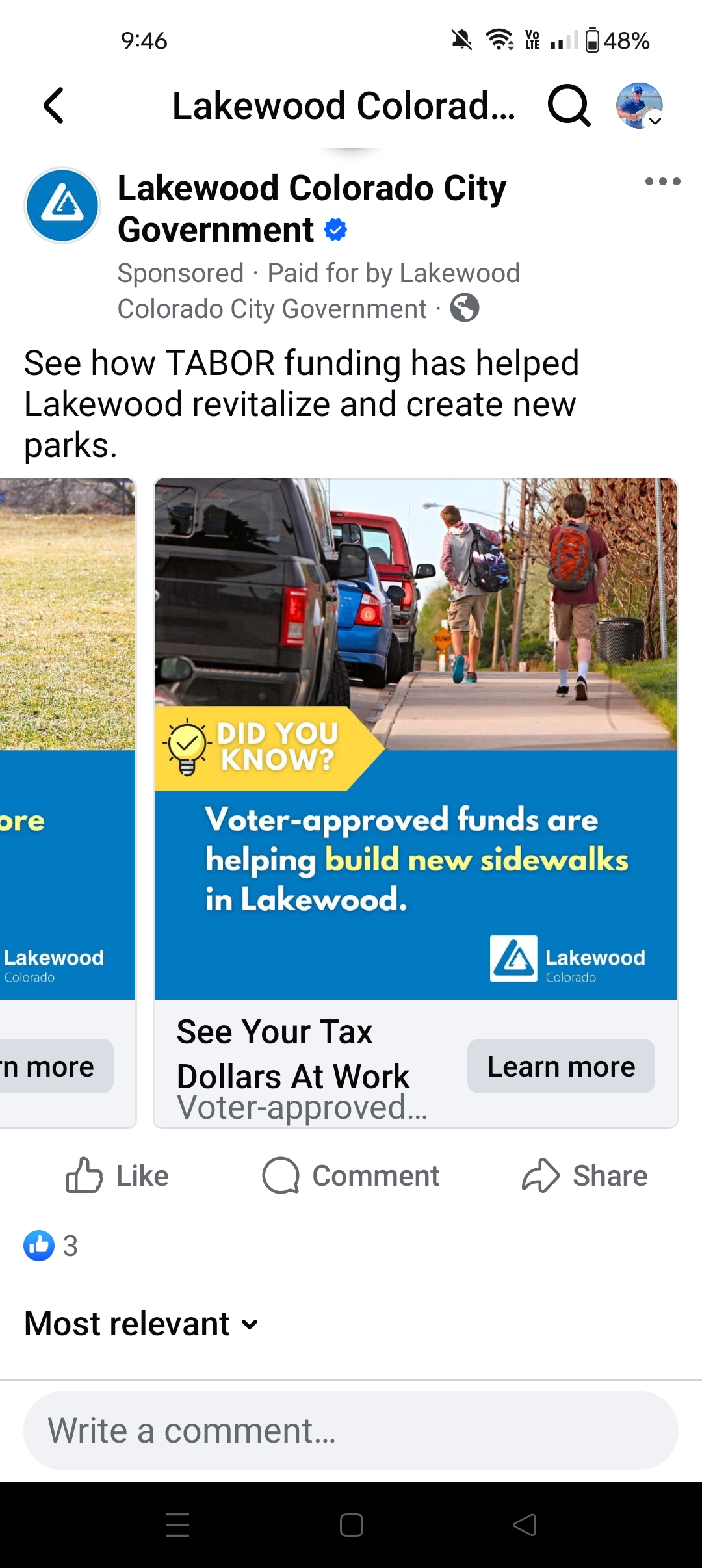From Cathy Kentner
This week it came to light that the city of Lakewood is disseminating purposeful and gross misinterpretations of the new parkland dedication ordinance. City officials have made the decision to require land dedication for the replacement of a single family home while blaming it on the recently passed Save Open Space Green Initiative. And, what is even more ridiculous, they have told a landowner they must create an easement, a part of their yard, that would be open to the general public. This is clearly not what the new ordinance states.
1. The parkland dedication ordinance does not require land dedication when an individual is replacing a single family home with another single family home. For decades the parkland dedication ordinance, and resulting formula, has been based on the number of anticipated residents added to the city. Therefore, when replacing a single family home with another single family home, no land dedication is required because there are no residents being added.
2. The parkland dedication ordinance does not require an easement for public access on private property. Even if the city were to erroneously require land dedication, the ordinance clearly states “The land area that may remain in private ownership must be added to the project’s open space requirement…” The open space requirement on a home does not require an easement open to the public.
It would seem that the City is deliberately putting up an unnecessary barrier for a single family home replacement and blaming it on the newly passed ordinance. Yet at the same time, the city is going out of their way to mitigate if not eliminate any barriers that would inhibit large developments of market rate and luxury apartments. Instead of encouraging families to stay, we cater to big money developers and corporations. In the process we displace longtime residents who can’t afford to live here anymore and cause urban sprawl as they go further from Lakewood for a single family home.
The Save Open Space Initiative was not created on false pretenses. There is no covert agenda to stop growth as some have suggested. The reality is we have a finite amount of land. If it is being absorbed by large expensive developments with no required provisions for open space, parkland dedication, trees, or affordable units, we will be creating an unaffordable, unhealthy environment for future generations. This initiative aims to restore the balance of open space and parkland with the creation of the kind of housing that is wanted and needed. Much was lost over the past 12 years when developers all chose to pay a fee in lieu of land dedication.
The Save Open Space Lakewood Green Initiative was passed by the city council who can, and arguably should, direct their staff to follow it appropriately. If necessary, council could very easily amend the ordinance to clarify that adding one unit does not meet the threshold for parkland dedication.
Perhaps if the city supported its residents with the same vehemence shown to developers, we could diminish the divisiveness that dominates our discourse.
Original News Story
Lakewood family looking to rebuild home told they must give up part of property under new ordinance, Danielle Kreutter, Denver 7







